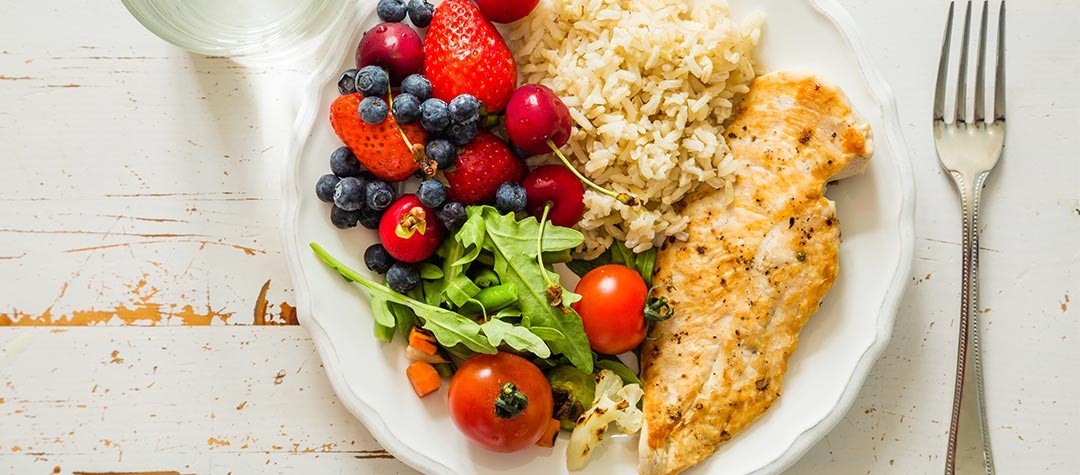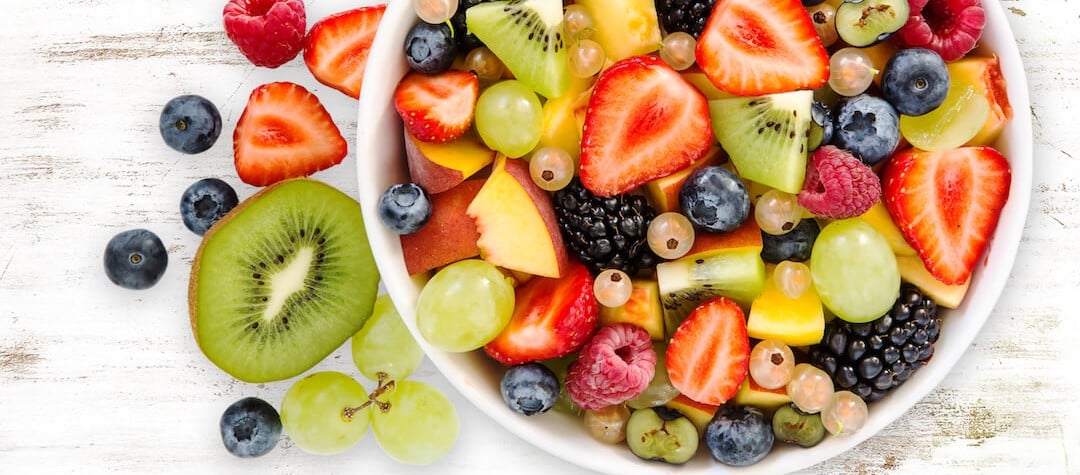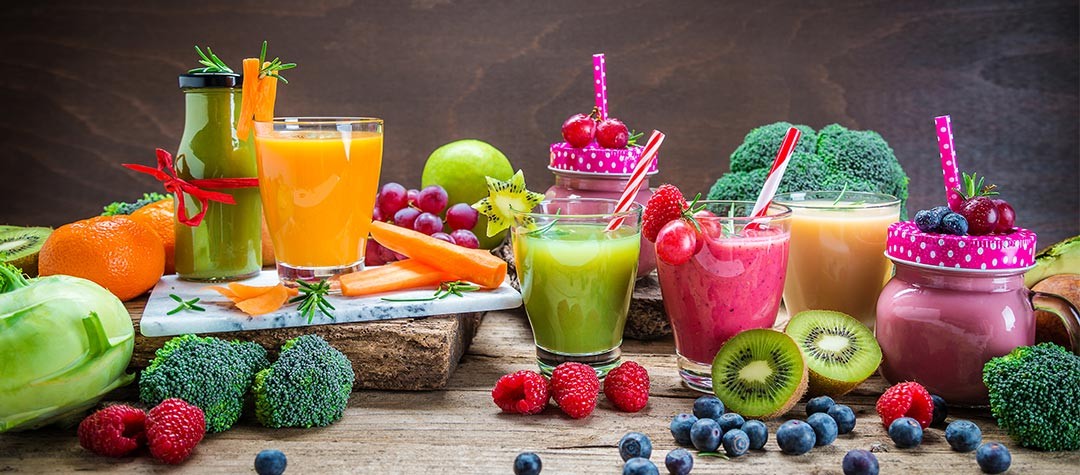Too often are people eating all the right foods and not seeing any results because of how much or little they're eating. Frequently the problem with some individuals’ diets is not what we're eating but how much we are eating. A meal of pasta meat and vegetables in a sauce sounds perfectly healthy, but if your portions are out, this is where you're going wrong.
To ensure a healthy balanced meal it is important to include vegetables, fruits, carbohydrates and starchy foods, proteins, dairy and healthy fats. But how much? And how much is too much?
All of the following information will vary from individual to individual, dependent on your goals and activity level. But these are general guides the aim at averaging the recommended portion.
Food ratios
The key to a healthy balanced diet is keeping to the half, quarter, quarter ratio with vegetables, starches and proteins, making sure your portions are proportionate, but also not oversized. Keeping your meals small and frequent is important to controlling your diet and nutrition as well as proportioning your food groups.
If you have scales in which you can weigh out each food group to ensure exact amounts or servings of foods, otherwise, follow guidelines by you hands or sports balls. Some examples are, one cup (200g) of rice is equivalent the size of your closed fist, a 3 ounce (85g) portion of meat or chicken equates to a deck of cards, one cup of cooked vegetables or chilli works out at the size of a baseball or tennis ball.
1. Carbohydrates
Carbohydrates are an important part of your diet, providing ideal energy stores to keep you energised and feeling full. As carbs can be found in a variety of foods, here we are concerning starchy foods such as breads, pastas, cereals and so on. Carb intake will depend on your activity level, age and other variables, but the recommended intake of carb portions is between 7 and 10 servings a day.
One serving is the equivalent of; one slice of bread, a pile the size of a fist of rice and pasta, 2 boiled potatoes or half a large baked potato. Men can have slightly larger portions than women, though the average consumption of rice, pasta and grains for one serving is around 125g. If trying to lose weight you should aim for around 5 to 8 portions of carbohydrates as fewer carbs will encourage the burning of fat, and vice versa for those who are highly active will require a higher intake of carbs to compensate for their activity.
2. Protein
Protein (both meat and non-meat alternatives) help the repair and functioning of the body, particularly the provision of amino acids and tissues recovery. You should aim for around 2-3 servings a day, one of which (at least) should include one non-dairy alternative.
A serving of meat is around 75g of cooked meat or oily fish and 150g of white fish and two medium sized eggs. For non-meat alternatives, half a can of beans, a heaped handful of pulses and 25g of nuts all equate to a single serving. A good trick to keep your protein portion sizes to below 100g, aim for a pack of cards serving size.
3. Fruit & vegetables
Fruits and vegetables should amount to half your calorie intake daily. That may seem a lot with such a selection of fruits and veg to choose from you won't get bored. Any adult or child should be aiming for at least 5 servings a day, your body won't start protesting if you start eating more than this as these foods are packed with nutrition and generally low on the calories.
Each portion weighs in at around 80g, equalling a medium piece of fruit, 1 dessert bowl of salad, 150ml of fruit juice or smoothie , 1 to 2 handfuls of grapes or berries, 3 heaped tablespoons of beans. It is recommended that at least one third of your main meal should be vegetables, preferably making half your meal if you include a piece of fruit afterward.
4. Dairy
Dairy is an essential source of calcium needed from our diets, and the daily intake should be around 2 to 3 portions a day, increased amounts for those who are pregnant or breastfeeding and children as they are in need of more calcium than the average adult. For those who are dairy or lactose intolerant, dairy-free alternatives usually provide sufficient calcium substitutes, but calcium supplements may also be needed.
200ml of milk, used on cereals, in coffees or for sauces will all count towards your daily intake, 150ml of yogurt and 30g of hard cheese all equal 1 serving of dairy.














